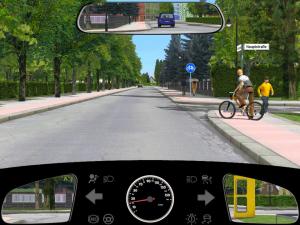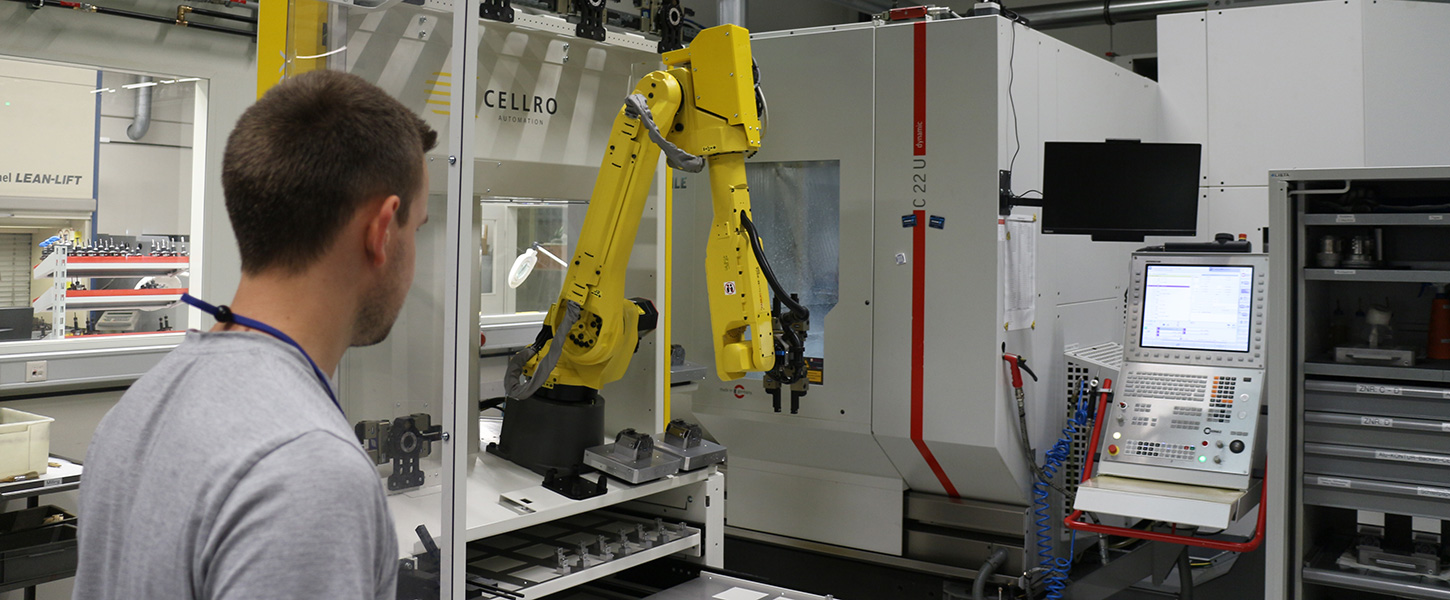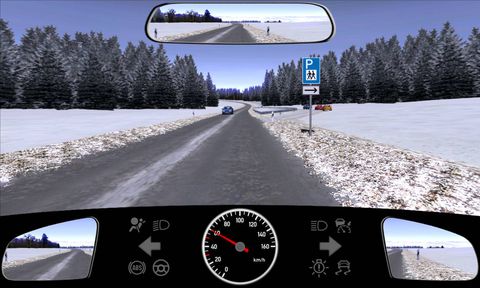Permafrost and Plastic Recycling: Two Sides of the Same Coin Permafrost - a layer of frozen soil that exists in the coldest regions of the world - may seem like a distant, abstract concept to many of us. But the reality is that permafrost is crucial to the health of our planet, and the people and animals that call it home. At the heart of the issue is climate change. As our planet warms, permafrost is melting at an unprecedented rate. This is leading to a range of problems, from flooding and forest fires to the release of dangerous greenhouse gases that accelerate climate change even further. So, what can we do about it? One possible solution is to prioritize research into ways to slow or reverse permafrost melting. This could involve everything from developing new technology to better understand the intricacies of permafrost to promoting more sustainable land use practices. One way we can all contribute to this effort is by taking steps to reduce our own carbon footprint. This might include things like: -Driving less and using public transit or biking instead -Reducing our energy consumption by turning off lights and appliances when they’re not in use -Choosing energy-efficient products and appliances whenever possible -Planting trees and supporting reforestation efforts -Advocating for government policies that promote climate action and clean energy development While we’re on the topic of environmental action, another issue that’s been making headlines lately is plastic waste. Plastic is one of the most ubiquitous materials on the planet - we use it for everything from packaging to water bottles to car parts. Unfortunately, this versatility comes at a cost. Plastic is notoriously difficult to recycle. Even when we do manage to recycle it, the recycling process itself is often energy-intensive and can create its own set of environmental problems. The good news is that there are steps we can all take to reduce our plastic footprint. This might include things like: -Bringing reusable bags, water bottles, and containers with us when we shop or eat out -Choosing products that are packaged in eco-friendly materials like glass or metal -Avoiding single-use plastics like straws or cutlery whenever possible -Supporting businesses and organizations that prioritize sustainability and reduce their use of plastic Overall, tackling the challenges of permafrost melting and plastic waste requires a multifaceted approach. It will take individual action, collective advocacy, and innovative technological solutions to make progress. But if we work together, we can create a brighter, more sustainable future for ourselves and for generations to come.
Permafrost
 Permafrost is melting at an unprecedented rate, leading to a range of environmental problems and exacerbating climate change.
Permafrost is melting at an unprecedented rate, leading to a range of environmental problems and exacerbating climate change.
Plastic Recycling
 Plastic waste is a growing problem that requires systemic and individual action to address.
Plastic waste is a growing problem that requires systemic and individual action to address.
Gefahrenlehre - Grundstoff - Mofa Führerschein
 www.zumfahren.deAutomatisierung Ihres Fräsprozesses Mit Automatischer Werkstückbeladung
www.zumfahren.deAutomatisierung Ihres Fräsprozesses Mit Automatischer Werkstückbeladung
 www.expo21xx.comFrage 1.1.03-117: Sie Fahren Auf Dieser Straße Außerhalb Geschlossener
www.expo21xx.comFrage 1.1.03-117: Sie Fahren Auf Dieser Straße Außerhalb Geschlossener
 www.fuehrerscheintest-online.dePräzisionswerkzeuge Für Die Produktive Dreh- Und Fräsbearbeitung Von
www.fuehrerscheintest-online.dePräzisionswerkzeuge Für Die Produktive Dreh- Und Fräsbearbeitung Von
 www.expo21xx.comMLZ
www.expo21xx.comMLZ
 mlz-garching.demlz garching refocusing superconductors spectrometer jitae supraleitung streitfrage wichtige klärt experiment
mlz-garching.demlz garching refocusing superconductors spectrometer jitae supraleitung streitfrage wichtige klärt experiment
MLZ
 mlz-garching.demlz garching
mlz-garching.demlz garching
PLASTIKMÜLL UND SEINE WEGE ZUR WIEDERVERWERTUNG - Wie Aus Einer
 ravensburger-spectrum.mozello.deMLZ
ravensburger-spectrum.mozello.deMLZ
 mlz-garching.demlz
mlz-garching.demlz
MLZ
 mlz-garching.demlz
mlz-garching.demlz
Warum Müssen Sie Hier Besonders Vorsichtig Fahren? (1.1.03-108-B)
 www.123fahrschule.deMlz garching. Präzisionswerkzeuge für die produktive dreh- und fräsbearbeitung von. Frage 1.1.03-117: sie fahren auf dieser straße außerhalb geschlossener
www.123fahrschule.deMlz garching. Präzisionswerkzeuge für die produktive dreh- und fräsbearbeitung von. Frage 1.1.03-117: sie fahren auf dieser straße außerhalb geschlossener